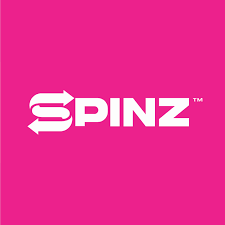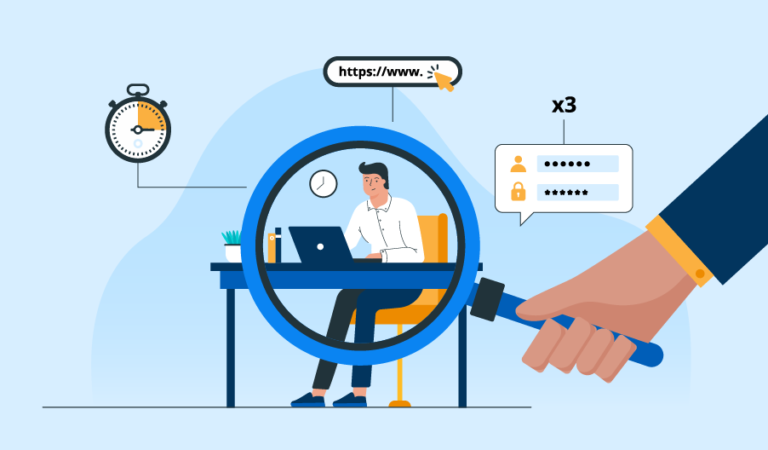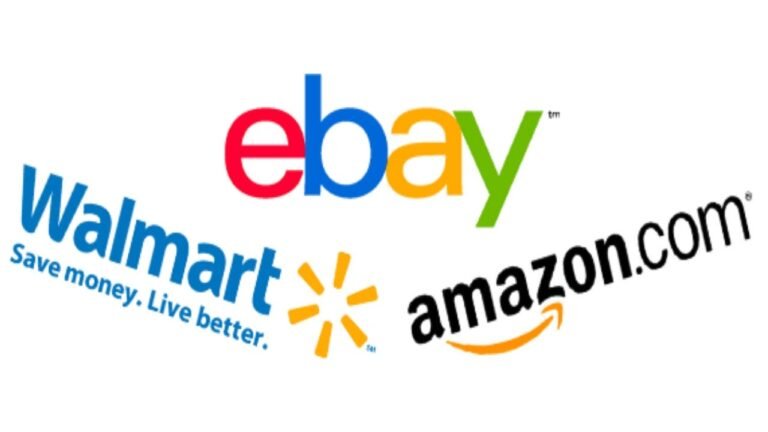We all know that in call centers, working hundreds of calls with a huge amount of sittings can affect the quality. Quality Monitoring (QM) is a strategic function that helps prevent this from happening by evaluating and enhancing both the quality of calls, agent performance as well customer experiences. Businesses can use it and enjoy improved operational efficiency all by reviewing calls in one easy-to-navigate system along with associated analyses, feedback scores sentiment data as well as targeted training.
Quality Monitoring Definition
In quality monitoring, customer interactions are reviewed to check if the agents abide by company standards and guidelines while addressing issues at hand or speak / communicate distinctly. This often involves monitoring calls live, reviewing call recordings and using software to monitor performance metrics. QM feedback allows call centers to see where improvements are needed so that it can provide agents with the tools, training and support necessary for them to succeed.
Various Advantages of Quality Monitoring
Reviewing calls on a regular basis helps managers to determine areas in which agents are doing great and the points they need improvement. This means that agents get into a coaching session, where the specific skills are worked on and drilled down to improve call handling times. Constant feedback allows your agents to feel like they are supported and encourages them to learn, this is sure to improve their morale at work.
As an example – quality monitoring is not just a tool to assess agent performance, but more importantly it serves as a method of understanding customer expectations. Call centers can establish a pattern of different types of customer inquiries and concerns through the analysis that is extrapolated from call interactions. Said insight allows businesses to adapt their services or strategies, thus improving the customer experience. A call be handled well enough to change an angry customer into your loyal customer and make them all the more dedicated through your interaction.
Effective Use of Resources
Call centers use their resources more effectively when they reduce the average handling time (AHT) spent in service while maintaining high standards. This higher-level quality monitoring will highlight communication bottlenecks, common customer complaints and areas where agents may struggle. This in turn makes those interactions flow better and faster so your call center can manage that many more calls per hour. In addition, lower counts of escalations and callbacks imply less repeat work for the help desk operationally (once those problems have been resolved on the first call).
Wrapping Up
Keep customers as the main judge of your service and this is priceless when it comes to enhancing call center productiveness. Including surveys, feedback forms and follow-up calls can expand the scope of the quality monitoring program to better understand customer expectations and modify the approaches accordingly.







